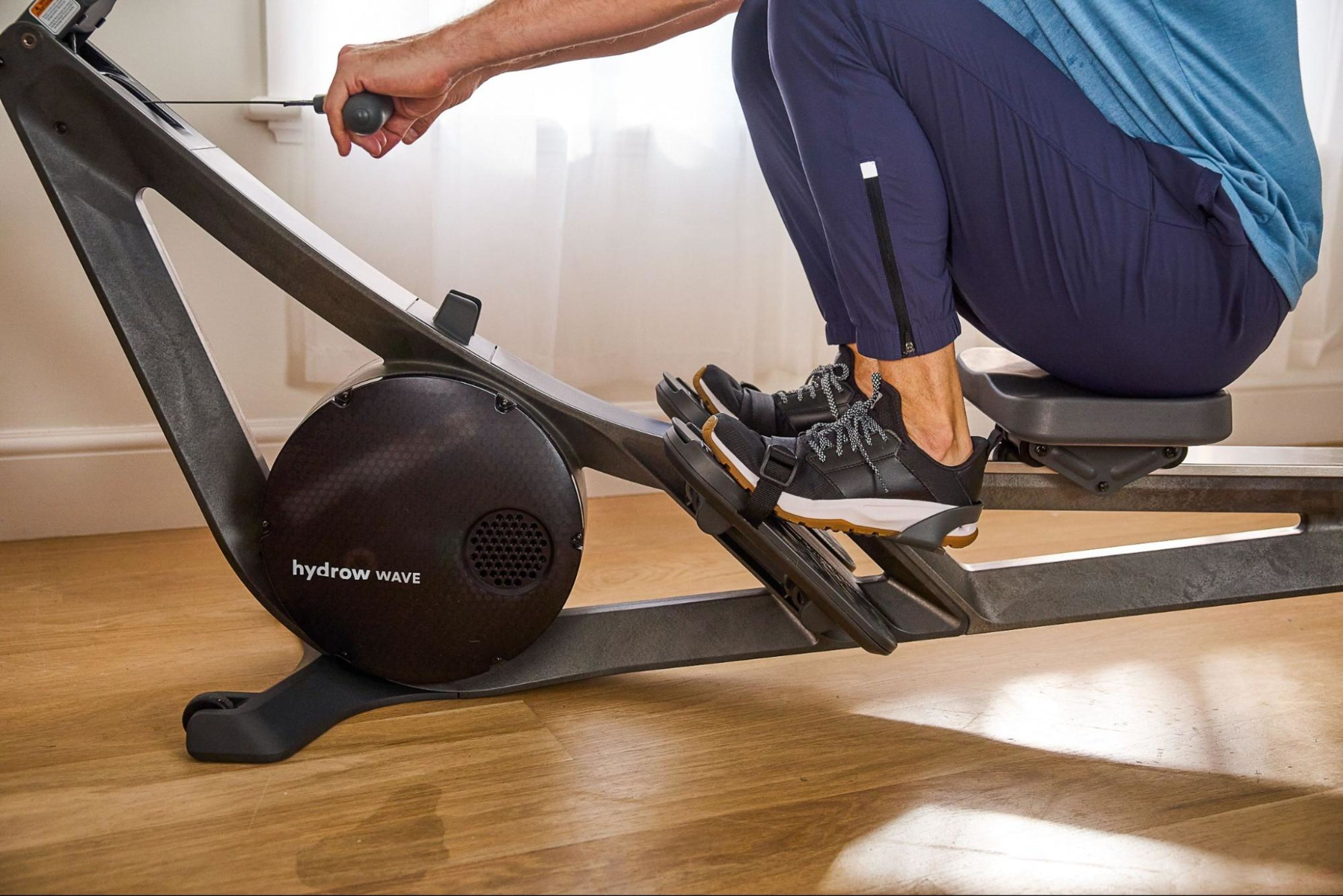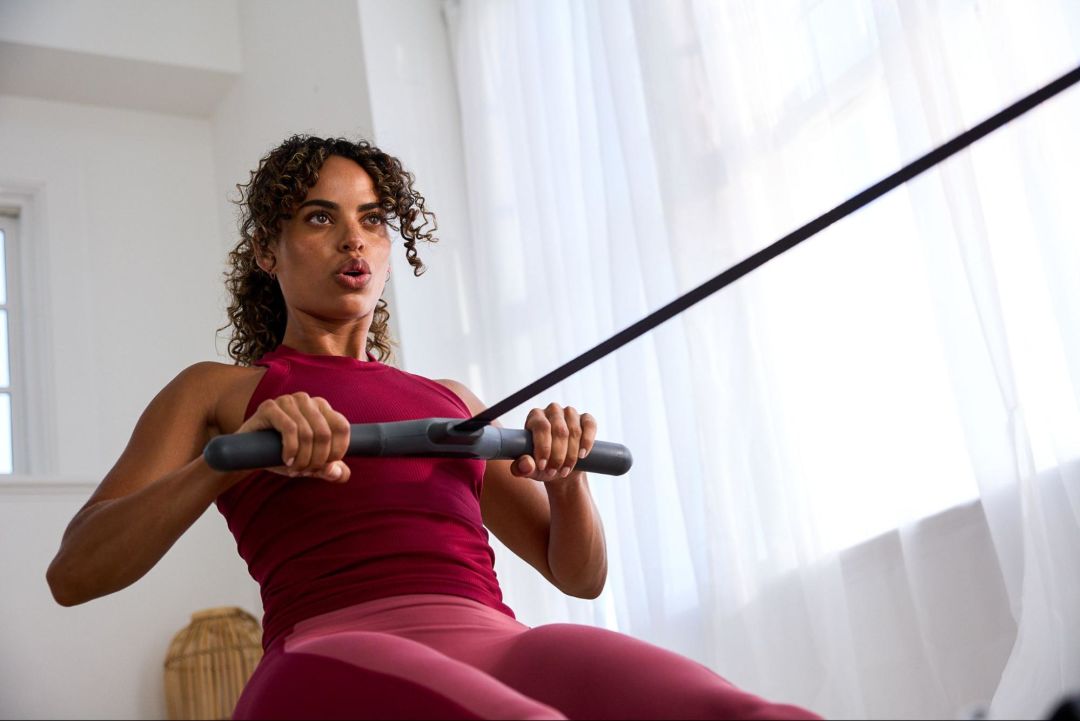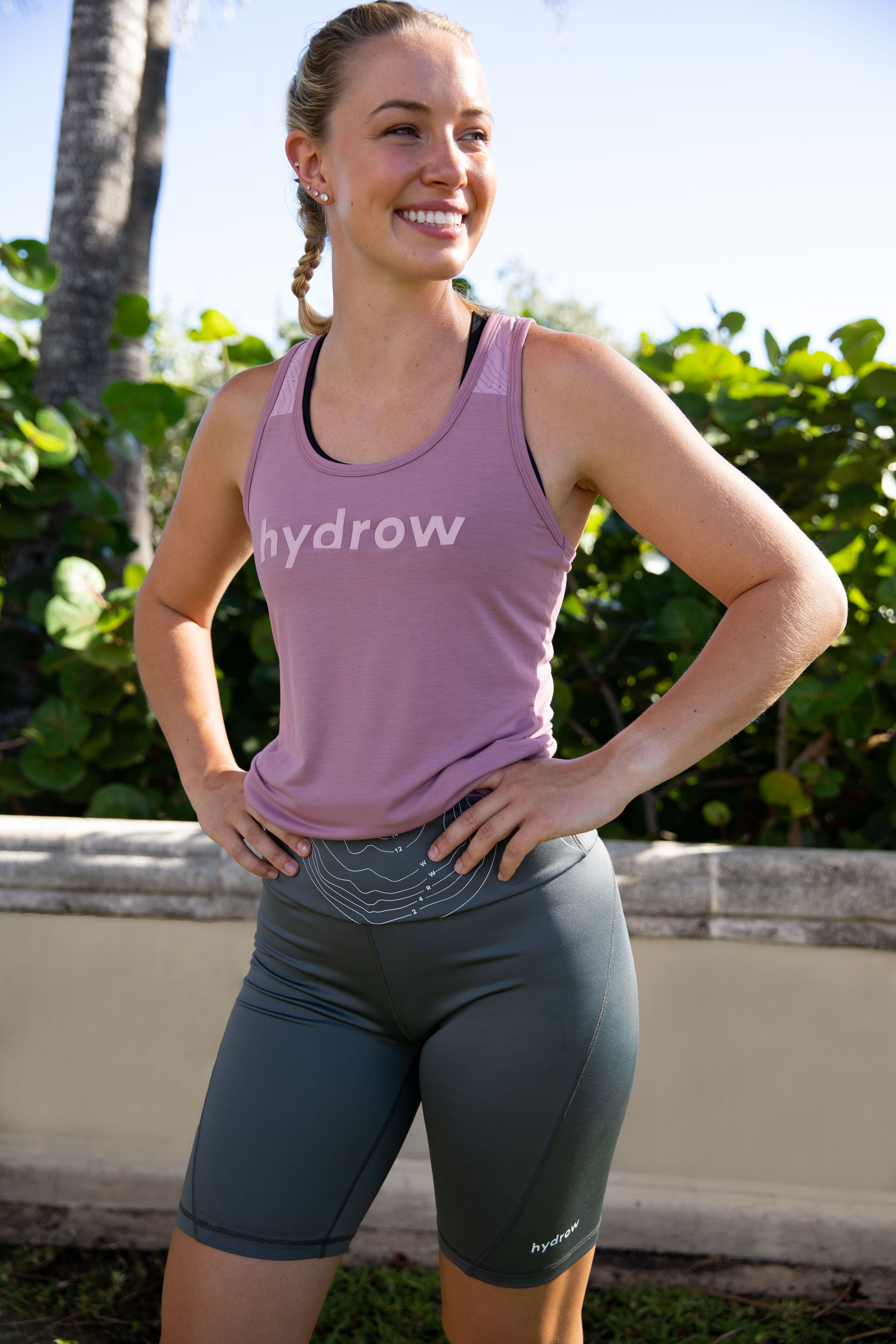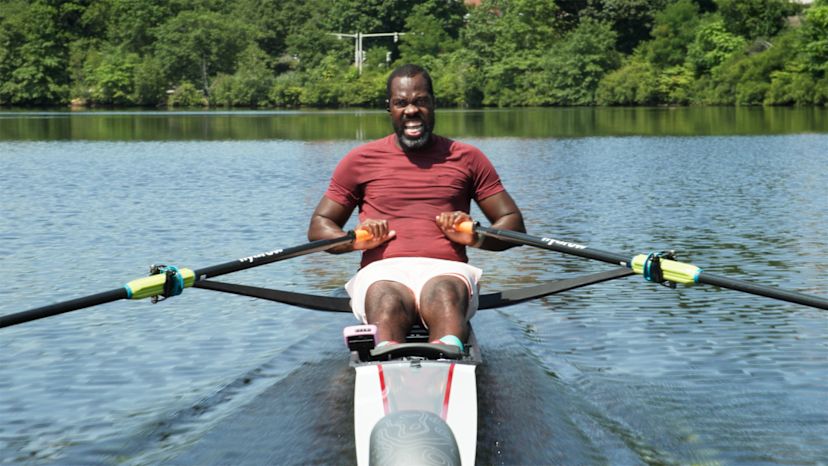What Does “Low-Impact Workout” Mean?

Low-impact workouts have become increasingly popular in the fitness world, offering a gentler yet effective alternative to high-impact exercises. These workouts are designed to be easy on the joints, making them ideal for individuals of all fitness levels, especially those with joint concerns or injuries.
Whether you’re looking to improve your cardiovascular fitness, reduce the risk of injury while you exercise, or simply gather new workouts for your repertoire, low-impact exercises have much to offer.
In this blog, we’ll cover:
Let’s dive in!
What are low-impact workouts?
Unlike high-impact workouts that put a lot of stress on your body, low-impact exercises ensure that at least one foot remains in contact with the ground at all times. This distinction is crucial, as it significantly reduces the risk of injury and joint strain.
The intensity of low-impact workouts can vary, from light aerobic exercises to more strenuous activities that still maintain a gentle impact on your joints. Nevertheless, the flexibility of these types of exercises allows you to increase or decrease intensity to achieve your individual fitness goals.
The benefits of low-impact workouts
Some people may hear “low-impact” and immediately assume these workouts are ineffective and could compromise any high fitness goals. However, that assumption is simply untrue! While low-impact workouts lower your risk of injury, they also provide many benefits that can improve your health without compromising your safety or long-term goals.
Let’s look at some of the best ways low-impact workouts can benefit you:
Reduced joint stress
Lower risk of injury
Improved cardiovascular health
Calorie burning
Versatility and accessibility
Let’s find out why these exercises are so powerful:
1. Reduced joint stress
Low-impact workouts are easier on the joints, making them suitable if you have arthritis, joint pain, or are recovering from an injury. This reduced stress helps prevent any existing conditions from being exacerbated and supports long-term joint health.
In particular, if you fear exercising due to the risk of injury, these exercises can make you more comfortable with participating in safe yet effective workouts.
2. Lower risk of injury
By avoiding the jarring movements associated with high-impact exercise, low-impact workouts minimize the risk of injuries such as sprains, fractures, and muscle tears. This makes them a safer choice for beginners and those with previous injuries. Over time, as you develop more comfort, you can scale up the intensity to reach your fitness goals.
3. Improved cardiovascular health
Despite their gentler nature, low-impact workouts can improve cardiovascular endurance and fitness. Activities such as brisk walking, rowing, and swimming elevate your heart rate and enhance your heart and lung function.

Did you know?
Over 90% of Hydrow members are still active one year later.
4. Calorie burning
Low-impact exercises can still be an effective way to burn calories and manage weight. Consistent practice of activities like rowing, yoga, and Pilates is an excellent way to burn calories and improve your overall fitness. For instance, one Hydrow rowing workout can torch hundreds of calories, setting you up for success with your fitness goals.
5. Versatility and accessibility
Low-impact workouts can be tailored to various fitness levels and are accessible to a wide range of individuals, no matter your age, ability, or expertise. They can be performed at home, in a gym, or outdoors, offering flexibility, convenience, or even privacy.
Different types of low-impact workouts
The best way to start incorporating low-impact workouts into your routine is simply to identify a handful and try them out. As a reminder, low-impact workouts can be as intense as you make them, while keeping your joints safe by removing any jarring or intense impact with the ground or another surface. Some of the best low-impact exercises include:
Walking
Rowing
Cycling
Swimming
Yoga and Pilates
1. Walking
One of the simplest and most accessible forms of low-impact exercises is walking. You can walk nearly anywhere and adjust the intensity to suit your individual needs by incorporating hills, speed, or even weights. Call a friend and invite them on a walk by your local pond to help motivate yourself to get started.
2. Rowing
Rowing machines offer a comprehensive workout that engages multiple muscle groups while maintaining low impact. Rowing is an excellent way to improve your cardiovascular fitness and build strength. Choose from one of Hydrow’s many trainers and workouts to match your taste, and enjoy a calorie-crunching exercise to promote your overall fitness.

Efficiency for the win.
Work 86% of your muscles in just 20 minutes of rowing with Hydrow.
3. Cycling
Whether you use a stationary bike or prefer to cycle outdoors, cycling provides a fantastic workout for your cardiovascular fitness without the high impact on your joints. It’s also great for building leg strength. Moreover, if you cycle outdoors, it’s a great way to visit nature or take a ride by your favorite local spots. If you live close to town, try cycling to complete your errands instead of taking the car. You’ll kill two birds with one stone!
4. Swimming
Swimming provides a gentle, full-body workout without compromising your joints. The buoyancy of water supports your body and reduces impact, making it ideal for those with joint issues. This is also an excellent life-long workout. While pools can sometimes be challenging to find, a local gym may be a great place to get started.
5. Yoga and Pilates
These practices focus on flexibility, strength, and balance through controlled, low-impact movements. They are particularly beneficial for core strength, posture, and even breathing. What’s great about these two exercises is that you can develop a private yoga routine at home with online classes or try a class in person with friends at a local gym or studio.
There are also many variations, including temperature, style, and even animals. See if a local studio does puppy or goat yoga to motivate you to get started!
Tips for incorporating low-impact workouts into your exercise routine
If you’ve decided that low-impact workouts are a fit for you, there are a couple of great ways to get started. Remember to keep your goals in mind and practice good form while completing any exercise. Beyond that, consider the following when starting your low-impact fitness journey:
Start slowly
Mix it up
Listen to your body
Warm up and cool down
Stay consistent
1. Start slowly
If you are new to low-impact workouts, begin with shorter sessions and gradually increase the duration and intensity as your comfort and fitness improve. It’s not a race, and your safety and well-being are your priorities.
2. Mix it up
Incorporate a variety of low-impact exercises to keep your routine interesting and to work different muscle groups. This variety can also prevent overuse injuries. Try using a rowing machine a few days per week and alternating those workouts with walking or swimming to challenge different parts of your body.
Related blog: Are Low-Impact Workouts Effective?
3. Listen to your body
Pay attention to how your body responds to different exercises. If you experience pain or discomfort, adjust the intensity or try a different physical activity. Don’t push through pain, as taking time away from exercising to recover from an injury may compromise your fitness goals.
4. Warm up and cool down
Always include a proper warm-up and cool-down in your routine to prepare your body for exercise and to aid in recovery. These small steps may be easy to overlook, but your body will thank you in the long run.
5. Stay consistent
Regularity is key to reaping the benefits of low-impact workouts. As recommended by health guidelines, aim for at least 150 minutes of moderate-intensity aerobic exercise per week. Once you develop a solid routine, your body will crave more exercise, making it easier to keep going.
Time to get started!
Incorporating low-impact workouts into your fitness routine can offer a valuable alternative to high-intensity exercise, especially for individuals seeking effective workouts without compromising joint health. These exercises provide numerous benefits, including reduced joint stress, lower risk of injury, improved cardiovascular health, and effective calorie burning. By including activities such as walking, rowing, or cycling, you can enjoy a versatile and accessible workout regimen.
Want to incorporate more low-impact workouts into your fitness routine? Rowing activates 86% of your muscles with every stroke, making it one of the most efficient ways to build total-body strength. In just 20 minutes on a rowing machine, you can get a low-impact, full-body workout that boosts energy, builds endurance, and helps you move better—on and off the rower.
And with Hydrow, it’s easier than ever to stay consistent. No commute. No waiting for machines. Just expert-led workouts you can do from home, whenever it works for you. Choose from rowing, strength training, mobility, yoga, Pilates, and circuit training workouts, all designed to help you move better and feel stronger, long-term.
Our workouts are filmed on location in stunning waterways around the world and led by world-class Athletes who coach you through every stroke and rep. And with over 5,000 workouts ranging from beginner to advanced, it’s easy to keep progressing no matter your level.
Every movement adds up. Start building strength that lasts with Hydrow.

Real strength keeps moving
Learn how working out with Hydrow can help support a fuller, more active life.







